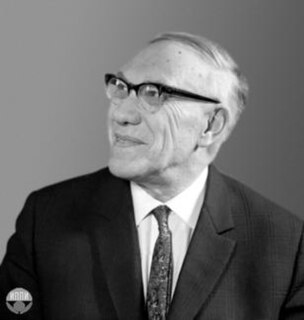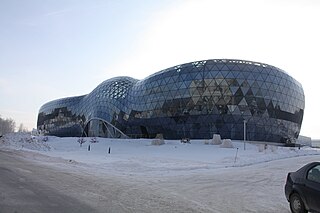Coordinates: 54°51′07″N83°06′18″E / 54.852°N 83.105°E

A geographic coordinate system is a coordinate system that enables every location on Earth to be specified by a set of numbers, letters or symbols. The coordinates are often chosen such that one of the numbers represents a vertical position and two or three of the numbers represent a horizontal position; alternatively, a geographic position may be expressed in a combined three-dimensional Cartesian vector. A common choice of coordinates is latitude, longitude and elevation. To specify a location on a plane requires a map projection.
Contents
- Location
- History
- Distinctive
- Information Technology Outsourcing
- Innovative technology park
- Companies and subsidiaries
- References
- External links
Silicon Taiga is a nickname for Akademgorodok, a Russian research and development center that is located near Novosibirsk. The nickname is a reference to the Silicon Valley, a renowned IT region found in Northern California. The term was first introduced to the Western press by Newsweek magazine [1] in 1999.

A nickname is a substitute for the proper name of a familiar person, place, or thing - commonly used for affection.

Akademgorodok is a part of the Sovetsky District of the city of Novosibirsk, Russia, located 30 km south of the city center and about 10 km west of the Science town Koltsovo. It is the educational and scientific centre of Siberia.

Russia, officially the Russian Federation, is a transcontinental country in Eastern Europe and North Asia. At 17,125,200 square kilometres (6,612,100 sq mi), Russia is the largest country in the world by area, covering more than one-eighth of the Earth's inhabited land area, and the ninth most populous, with about 146.77 million people as of 2019, excluding Crimea. About 77% of the population live in the western, European part of the country. Russia's capital, Moscow, is the largest metropolitan area in Europe proper and one of the largest cities in the world; other major cities include Saint Petersburg, Novosibirsk, Yekaterinburg and Nizhny Novgorod. Extending across the entirety of Northern Asia and much of Eastern Europe, Russia spans eleven time zones and incorporates a wide range of environments and landforms. From northwest to southeast, Russia shares land borders with Norway, Finland, Estonia, Latvia, Lithuania and Poland, Belarus, Ukraine, Georgia, Azerbaijan, Kazakhstan, China, Mongolia and North Korea. It shares maritime borders with Japan by the Sea of Okhotsk and the U.S. state of Alaska across the Bering Strait. However, Russia recognises two more countries that border it, Abkhazia and South Ossetia, both of which are internationally recognized as parts of Georgia.













